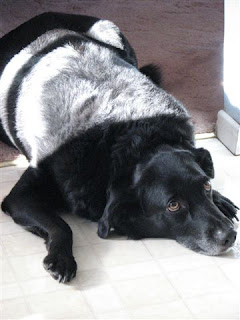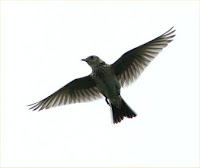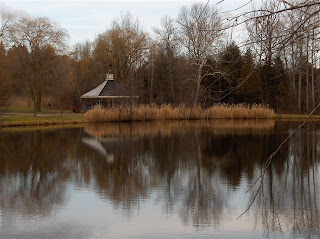 There are many winter activities to enjoy now that the snow and ice have established themselves here in our part of Canada. Many people pay for seasonal ski passes and they must be relieved that their money was not wasted with the late winter arrival. Today I drove by many snowmobile trails north of the city. They were well used as they wound through meadows, bush and farms. Downhill skiing and snowmobiling require expensive equipment and club fees. Cross country skiing and snowshoeing equipment is pricey, but these activities can be done free in public land.
There are many winter activities to enjoy now that the snow and ice have established themselves here in our part of Canada. Many people pay for seasonal ski passes and they must be relieved that their money was not wasted with the late winter arrival. Today I drove by many snowmobile trails north of the city. They were well used as they wound through meadows, bush and farms. Downhill skiing and snowmobiling require expensive equipment and club fees. Cross country skiing and snowshoeing equipment is pricey, but these activities can be done free in public land.Skating is an affordable sport if done outdoors, but renting ice time in an arena for figure skating and hockey is expensive. Many families spend hours each week in arenas watching their children on the ice playing hockey or taking skating lessons.

There are plenty of free and fun things to do in the snow. We have a large hill near our home that is very popular with young tobogganers. It is a long climb to the top and the descent gets rough and icy from multiple users. For light weight sledders with good backs, it is a great way to spend an afternoon. Watch your pockets though! I have found two sets of car keys on the slopes of the tobogganing hill in the springtime.
The target pictured above is for snowball practice. It may be fun, but I think most children would prefer a good old fashioned snowball fight, preferably from behind the protection of a well built snow fort. A moving target is much more challenging than a painted bulls eye.
 We saw this young sculptor in Toronto as she used a chisel to transform a chunk of ice into a human form. There a several winter carnivals in Ontario that feature ice carving, from basic to very elaborate. Ottawa, our nation's capital city, has a big winter carnival each February called Winterlude. The Rideau Canal is partially drained and the ice is surfaced to provide a skating rink that is 8 kilometers long.
We saw this young sculptor in Toronto as she used a chisel to transform a chunk of ice into a human form. There a several winter carnivals in Ontario that feature ice carving, from basic to very elaborate. Ottawa, our nation's capital city, has a big winter carnival each February called Winterlude. The Rideau Canal is partially drained and the ice is surfaced to provide a skating rink that is 8 kilometers long.Our seasonal changes are extreme but invigourating. I don't skate or toboggan any more and seldom throw snowballs. But I enjoy being outdoors, walking and watching others participate in winter fun. I don't want to spend four months indoors waiting for spring to come.

















































